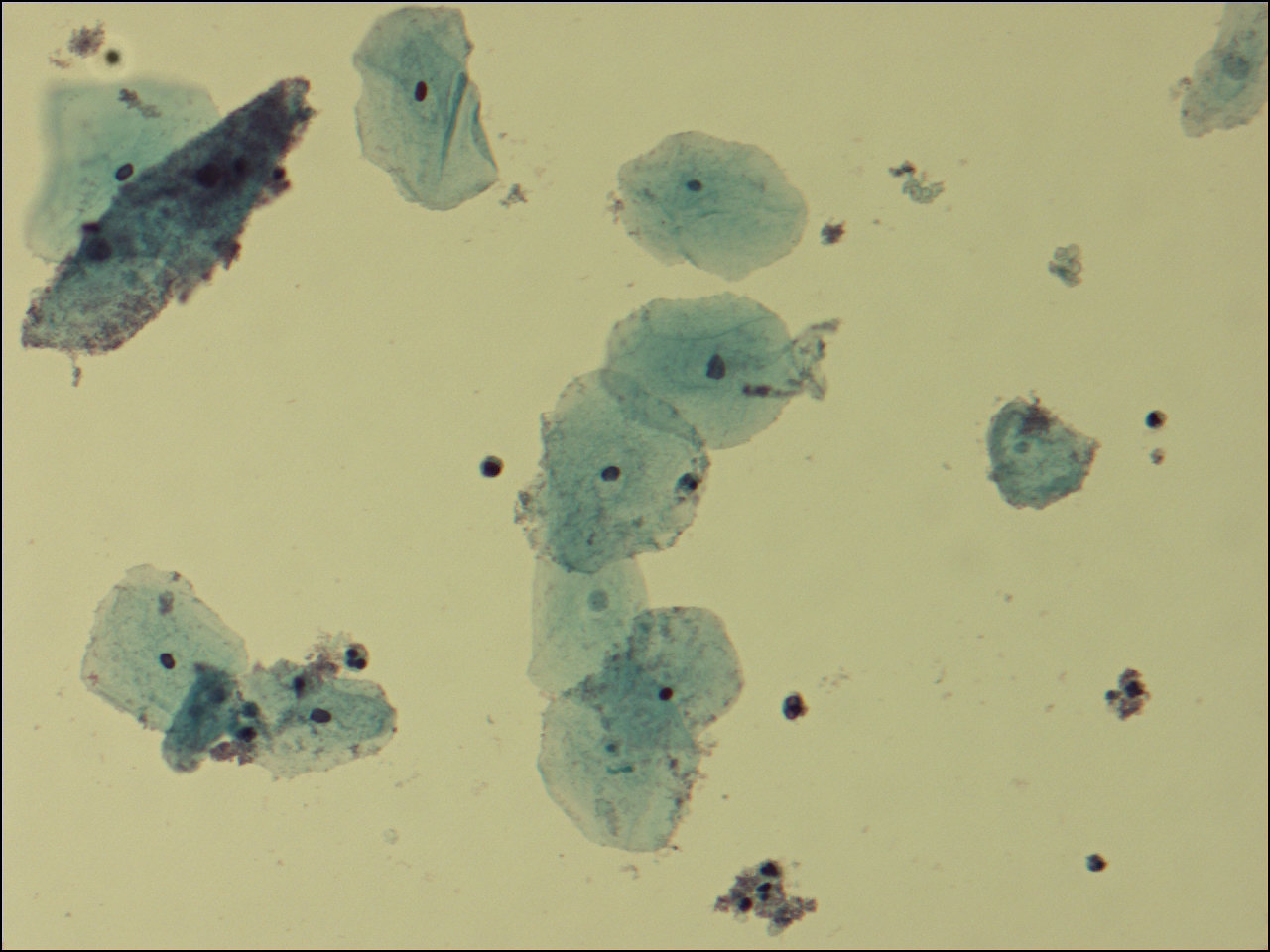Understanding vaginal health can feel confusing, especially when dealing with conditions that share similar symptoms. Gardnerella vaginalis is a bacterium frequently associated with bacterial vaginosis, yet many people mistakenly believe it's a sexually transmitted disease. This comprehensive guide clarifies what Gardnerella vaginalis actually is, explains its connection to bacterial vaginosis, and highlights crucial differences between this condition and true sexually transmitted diseases.
What is Gardnerella Vaginalis?
Gardnerella vaginalis is a naturally occurring bacterium found in the vaginal microbiome of many women. Discovered in 1955, this gram-variable anaerobic bacterium plays a complex role in vaginal health. Under normal circumstances, it exists in small quantities alongside other beneficial bacteria, particularly Lactobacillus species, which maintain vaginal health and prevent infections.
The vaginal microbiome contains numerous bacterial species working together to maintain balance and protect against harmful pathogens. When this delicate ecosystem functions properly, Gardnerella vaginalis poses no threat. However, disruptions to this balance can trigger problematic overgrowth.
Research indicates that Gardnerella is present in up to 55% of asymptomatic women without causing any issues. This demonstrates that having Gardnerella doesn't automatically mean you have an infection—it's the overgrowth that creates problems.
What is Bacterial Vaginosis?
Bacterial vaginosis occurs when harmful bacteria, particularly Gardnerella vaginalis, outnumber beneficial Lactobacillus bacteria in the vagina. This imbalance shifts vaginal pH from its normally acidic state (below 4.5) to a more alkaline environment, creating conditions where unwanted bacteria thrive.
Statistics reveal that bacterial vaginosis affects approximately 23-29% of women globally, making it the most common vaginal infection among reproductive-aged women. An estimated 21 million women in the United States have BV, but 84% of them don't show any signs of it.
BV develops due to multiple factors working together rather than a single cause. While Gardnerella vaginalis was initially thought to be the sole culprit, modern research shows that BV involves a complex community of anaerobic bacteria, including Prevotella, Mobiluncus, and other species, creating a polymicrobial infection.
The Critical Difference: BV vs STDs
This distinction is crucial for proper understanding and treatment. Bacterial vaginosis is NOT a sexually transmitted disease, although confusion about this point is extremely common. The Centers for Disease Control and Prevention explicitly state that BV is not considered an STI, despite including it on their STD information website.
The fundamental difference lies in transmission and cause. STDs result from pathogens transmitted through sexual contact from an infected partner. These include diseases like chlamydia, gonorrhea, syphilis, herpes, and HIV—all infections you "catch" from someone else during sexual activity.
Bacterial vaginosis, conversely, develops from an internal microbial imbalance. You cannot catch BV from a partner like you would catch an STD. The bacteria causing BV already exist naturally in your body. Sexual activity may trigger or worsen BV by changing vaginal pH, but the condition stems from your own bacterial ecosystem becoming disrupted, not from acquiring new pathogens from a partner.
Common Symptoms of Bacterial Vaginosis
Recognizing BV symptoms helps distinguish it from other conditions. The most characteristic sign is thin, gray or white vaginal discharge with a distinctive fishy odor, especially noticeable after sexual intercourse or during menstruation. This occurs because bacterial overgrowth produces amines that create the unpleasant smell.
Other symptoms include vaginal itching or irritation, a burning sensation during urination, and general vaginal discomfort. However, many women experience no symptoms at all—studies show that over 80% of BV cases are asymptomatic, meaning women have the condition without realizing it.
The symptom overlap with STDs creates diagnostic challenges. Both BV and certain STDs can cause abnormal discharge and discomfort, which is why professional testing becomes essential rather than self-diagnosis.
Risk Factors for Bacterial Vaginosis
Multiple factors increase BV susceptibility. Sexual activity, particularly with new or multiple partners, ranks among the most significant risk factors. Semen's alkaline nature temporarily raises vaginal pH, potentially triggering bacterial overgrowth. However, such an increase doesn't make BV an STD—it simply means sexual activity affects the vaginal environment.
Douching represents another major risk factor, as it disrupts the natural bacterial balance. Using scented soaps, bubble baths, or other intravaginal hygiene products similarly disturbs the microbiome. Smoking has been linked to increased BV rates, as have intrauterine devices (IUDs) and certain hormonal changes during pregnancy or menstruation.
Women who have sex with women show particularly high BV rates, with one female partner increasing risk by approximately 60%. This occurs through direct mucous membrane contact or shared sex toys rather than traditional STD transmission.
Why BV Increases STD Risk
While BV itself isn't an STD, having bacterial vaginosis significantly elevates your vulnerability to actual sexually transmitted infections. Research demonstrates that women with BV face a 3.4-fold increased risk of contracting chlamydia and a 4-fold increased risk of acquiring gonorrhea.
Studies also reveal that women with severe BV (highest Nugent scores) have a 2.7 times greater risk of developing STIs compared to women with normal vaginal flora. BV additionally increases susceptibility to HIV, herpes, trichomoniasis, and human papillomavirus (HPV).
This heightened vulnerability occurs because BV disrupts protective Lactobacilli, compromises the vaginal barrier, and creates inflammation that makes infection easier. The altered vaginal environment essentially opens doors for pathogens that would normally be blocked.
When to Get Tested
Knowing when to seek testing protects your reproductive health. You should get tested if you notice unusual vaginal discharge, a fishy odor, vaginal itching or burning, or any changes in your normal vaginal environment. Testing becomes particularly important if you're sexually active, pregnant, planning gynecological procedures, or experiencing recurrent vaginal symptoms.
Because BV and STDs share overlapping symptoms, comprehensive testing is essential. Rather than assuming your symptoms indicate one condition or another, professional evaluation identifies the actual cause and ensures appropriate treatment.
Vesta Care offers convenient, confidential STD testing at home anywhere in Dubai. Our DHA-licensed medical professionals collect samples privately at your location, testing for bacterial vaginosis alongside common STDs including chlamydia, gonorrhea, trichomoniasis, HIV, and hepatitis. This comprehensive approach ensures you receive an accurate diagnosis and proper treatment.
Treatment and Prevention Strategies
Bacterial vaginosis typically responds well to antibiotic treatment, most commonly metronidazole or clindamycin administered orally or topically. Treatment usually lasts 5-7 days for uncomplicated cases. However, BV has frustratingly high recurrence rates—approximately 80% of women experience BV again within three months following treatment.
Preventing BV involves maintaining vaginal health through several strategies. Avoid douching and harsh intravaginal products that disrupt natural flora. Practice proper hygiene without over-washing. Limit sexual partners and use barrier protection during intercourse. Wear breathable cotton underwear and avoid tight-fitting clothing that traps moisture.
Some research suggests probiotic supplements containing Lactobacillus strains may help restore vaginal balance, though more studies are needed. Maintaining overall health through proper nutrition, stress management, and avoiding smoking also supports vaginal ecosystem balance.
The Importance of Proper Diagnosis
Self-diagnosis proves unreliable due to symptom overlap between BV, yeast infections, and STDs. What feels like bacterial vaginosis could actually be trichomoniasis, gonorrhea, or another infection requiring different treatment. Conversely, assuming you have an STD when you actually have BV leads to unnecessary anxiety and inappropriate treatment.
Professional testing using methods like Gram staining, Nugent scoring, or molecular diagnostics provides a definitive diagnosis. These tests identify specific organisms present and determine whether you're dealing with BV, an STD, a yeast infection, or possibly multiple conditions simultaneously.
With Vesta Care's STD testing services in Dubai, you receive a comprehensive evaluation without embarrassing clinic visits. Our confidential at-home service eliminates common testing barriers, encouraging proactive health management.
Take Control of Your Vaginal Health
Knowing the difference between Gardnerella vaginalis, bacterial vaginosis, and sexually transmitted diseases helps you make better health choices While BV isn't an STD, it requires attention due to uncomfortable symptoms and increased STD vulnerability. Regular testing, prompt treatment when symptoms arise, and healthy lifestyle practices protect your reproductive health.
Don't let confusion or embarrassment prevent you from seeking necessary care. Vesta Care brings professional healthcare directly to your home with complete discretion and convenience. Contact us todayvia Call or WhatsApp +971 52 270 4729 to schedule confidential testing and take charge of your vaginal health.
Frequently Asked Questions
Is Gardnerella vaginalis a sexually transmitted disease?
No, Gardnerella vaginalis is not an STD. It's a naturally occurring bacterium in the vagina that can overgrow, causing bacterial vaginosis, an imbalance condition rather than a sexually transmitted infection.
Can you get bacterial vaginosis without being sexually active?
Yes, BV can develop in women who aren't sexually active. While sexual activity increases risk, BV results from vaginal bacterial imbalance that can occur due to douching, hygiene products, hormonal changes, or other factors.
What's the main difference between BV and STDs?
STDs are infections transmitted through sexual contact with infected partners. BV develops from an imbalance of bacteria already present in your vagina, not from catching something from a partner.
Can bacterial vaginosis lead to STDs?
BV itself doesn't cause STDs, but having BV increases your risk of contracting them by 3–4 times due to disrupted vaginal defenses and altered pH levels.
How is bacterial vaginosis diagnosed?
BV is diagnosed through vaginal examination, pH testing, microscopic analysis of vaginal discharge (Gram stain), and Nugent scoring to assess bacterial types and quantities present.
Does treating bacterial vaginosis prevent it from coming back?
Unfortunately, BV has high recurrence rates, with 80% of women experiencing it again within three months. Maintaining vaginal health through proper hygiene and lifestyle choices helps reduce recurrence risk.
Recent Posts
Book Your Home Healthcare Consultation Today
Your Health Matters – Reach Out Now and Let’s Discuss How Vesta Care Can Help.











